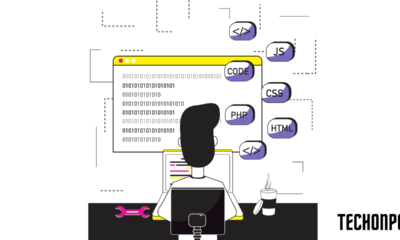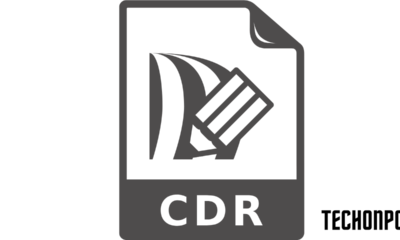
File Transfer
Managed file transfer (MFT) is a platform that facilitates that company by allowing them to reliably transfer files and data across systems and human resources securely. The data transfer can be both internal as well as external. It is not necessary that data movement only occurs within the organization. It can also be transferred to external parties. The information transferred through MFT can be of any type. With managed file transfer software, you get automation capabilities that help securely share sensitive, compliance-protected, and high-volume data. MFT is far superior to any other means of file transfer, such as HTTP, SFTP, or FTP. Many organizations use MFT to support their business needs that cannot be achieved from any other file transfer application.
Benefits of Managed File Transfer
MFT provides several benefits to organizations:
- Data security:Data breaches and theft can significantly impact the organizations’ reputations and profits. MFT provides organization security and a facility for real-time monitoring of security guidelines and protocols to protect the transmitted data.
- Data growth:Big Data is trending. Due to globalization and advancements in information technology, big data has increased substantially. As a result, organizations are facing larger files than they had in the past. MFT enables automated governance and makes big data transfer more accessible and secure.
- Regulatory compliance:Due to data theft and cybercrimes, various laws have been enacted, and security standards have been developed, such as the Payment Card Industry Data Security Standards, HIPPA, Sarbanes-Oxley Act, etc. MFT complies with all of these security standards, laws, and regulations.
- Technology megatrends:MFT enables organizations to transfer a file across multiple platforms, applications, mobile devices, and any other information technology infrastructure.
- Visibility:Organizations must identify risks and issues to deal with the damages. MFT provides operational visibility that enables organizations to resolve issues such as failed transfers proactively.
Primary Capabilities of MFT
- Security: MFT provides high-end security through encrypted internal and external transfers. It protects sensitive information at various levels through session breaks and protocol inspections. Using the MFT will surely make the transfer of files more secure because it is developed in a way to enhance the security of the whole system.
- Simplified file transfer: MFT makes file transfer efficient and fast. It enables organizations to transfer data across different platforms efficiently. MFT also supports multiple files, such as multimedia, PDFs, emails, etc.
- Full visibility: MFT makes file sharing transparent. It provides a 360-degree overview of file transfers in and out of the organization in near-real time. The complete visibility MFT provides companies to resolve potential issues, such as failed transfers before they can adversely impact the processes.
Conclusion
MFT is a reliable and efficient method of transferring information in and out of organizations. It outpaces and outperforms all other means of file transfer, such as file transfer protocol, hypertext transfer protocol, secure file transfer protocol, etc. MFT can be used by any organization belonging to any industry, such as health care, financial organization, insurance, retail companies, etc. MFT provides an efficient do-it-all managed file transfer solution.

 Microsoft4 years ago
Microsoft4 years ago
 Torrent4 years ago
Torrent4 years ago
 Money4 years ago
Money4 years ago
 Torrent4 years ago
Torrent4 years ago
 Education3 years ago
Education3 years ago
 Technology4 years ago
Technology4 years ago
 Technology4 years ago
Technology4 years ago
 Education3 years ago
Education3 years ago




You must be logged in to post a comment Login